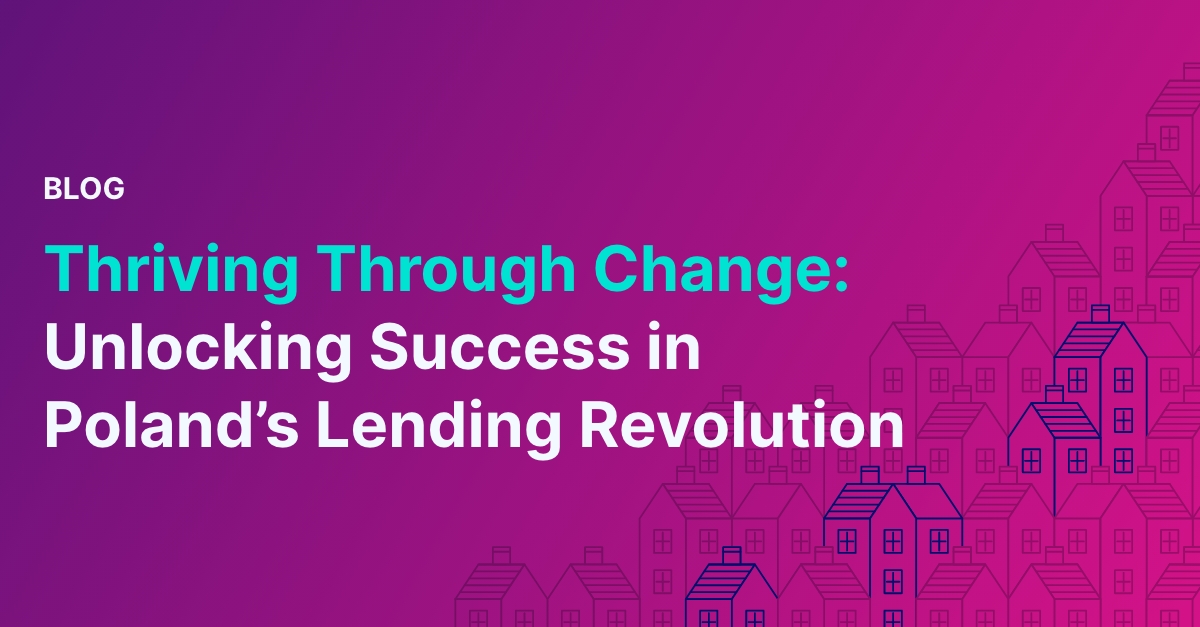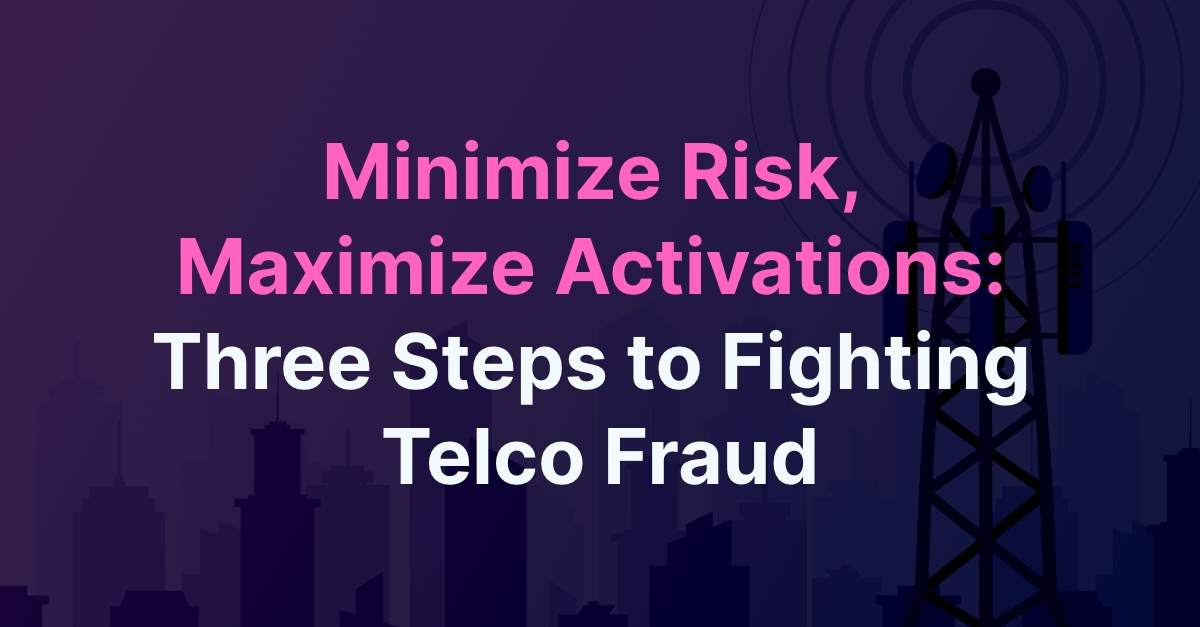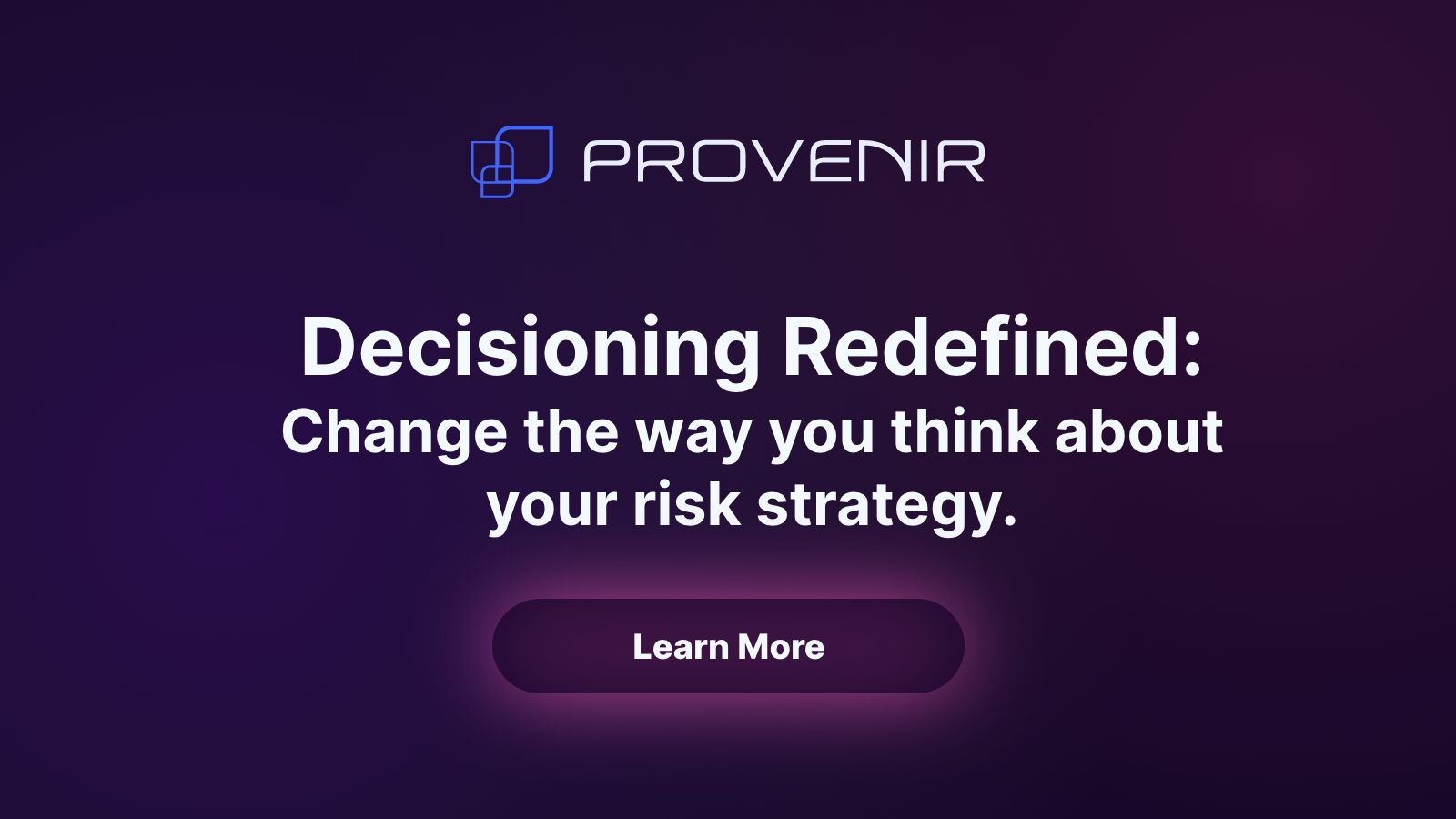Enhancing Financial Services Through Case Management
BLOG
Enhancing Financial Services
through Case Management
Enabling Frictionless, End-to-End Onboarding
In the ever-changing world of financial services, case management can be a critical component to success when it comes to mitigating risk of loss, maximizing the value of your customers and ensuring frictionless onboarding experiences. By seamlessly integrating case management solutions into your decisioning processes, you can streamline operations, reduce fraud losses, and enhance customer experience in a variety of ways. The case management market on its own is expected to grow to $9.44 billion by 2026 at a compound annual growth rate (CAGR) of 9.54%. And the idea of case management has a profound impact on a variety of roles within your lending/onboarding functions, including application agents, fraud investigators, and credit risk underwriters. So we’re looking at the ways case management can enhance your business growth and help enable frictionless, end-to-end onboarding that get you to market faster and improve the customer experience along the way.
Case management in financial services refers to the process of handling manual review of client cases effectively and efficiently, from initiation through to resolution (whether that’s an approval or a rejection of a particular application). But it’s made infinitely more powerful when it’s integrated with an intelligent decisioning solution that can easily expedite cases when needed and review everything all in one place.
Integrate Seamlessly with Decisioning
Your risk decisioning solutions, in whatever form they take, are critical for making numerous decisions in the life of your customers – including lending, fraud screening, onboarding, customer/portfolio management, and collections. But despite the advances in intelligent decisioning, not every situation can be automated. Integrating case management for the situations that need human intervention makes both solutions exponentially more powerful – you can easily expedite case handling and re-trigger automated decisioning when it’s ready, and by having most applications automated you can shift and focus resources on the cases that need it most. And when you integrate case management into real-time decisioning, you eliminate the siloed views that can be common in the financial services world (particularly when dealing with complex legacy technology). Seamlessly integrating manual intervention into your automated decisioning flows enables one truly holistic, end-to-end decisioning solution and frictionless onboarding experiences.
Streamline Onboarding, Reduce Fraud Losses, and Treat Customers Fairly
Sounds like a tall order for one simple case management solution? It’s not. Over half of fraud and risk executives at financial services firms are not entirely satisfied with their current case management systems.
Think about the different roles that necessitate manual intervention and case handling, and there are very specific advantages to both them and your customers.
Application Agents: Application agents face the challenge of processing applications quickly while still maintaining accuracy. With case management seamlessly integrated with your existing processes, your application agents can create and amend applications, manually enter and update application information, re-trigger decisioning processes when needed, view everything in a summary dashboard, and ultimately streamline the onboarding process – impressing your customers in the process.
Fraud Investigators: Fraud threats continually evolve, and the stakes (and risk of losses) are high. According to TransUnion, from 2019-2022 there was an increase of 39% in cases of fraud attempts in financial services. Your fraud investigators can more accurately investigate fraud rings with the ability to manually intervene, and better prevent losses. They can perform a deep-dive into decisioning data, execute roles-based controls and fraud checks, and benefit from queue management to ensure the most efficient processes – and reduce overall fraud losses as a result.
Credit Risk Underwriters: Credit risk underwriters are responsible for fair and balanced risk assessment of each and every applicant. Ensure that your underwriters can manually action referrals when necessary, review and understand risk policy rules, attach documentation and notes for visibility, and drive further downstream actions after review – enabling the ability to treat customers and their unique situations fairly and compassionately.
Implementing Case Management Solutions
Implementing case management in financial services involves careful planning and execution. It’s essential to choose the right system that aligns with your needs. The challenges, such as data integration and staff adaptation, can be mitigated through a phased implementation approach – or by ensuring that you have selected a solution that integrates seamlessly with your decisioning and data solutions, eliminating siloed environments and inefficient processes. Technology that includes AI, machine learning, and advanced analytics will also help further streamline processes and enhance decision-making accuracy, enabling more efficiency and bias-free decisions across the entire organization and the complete customer lifecycle.
Ensuring you have a comprehensive case management solution enables improved efficiency, reduced risk, better compliance and fraud decisioning, and enhanced customer satisfaction. The ability to optimize actions and interventions at every step of the onboarding process allows you to more effectively balance risk with opportunity across the entire lifecycle of your customers. Prevent losses, maximize value, and remove friction in all aspects of your onboarding – and watch your business grow as a result.








